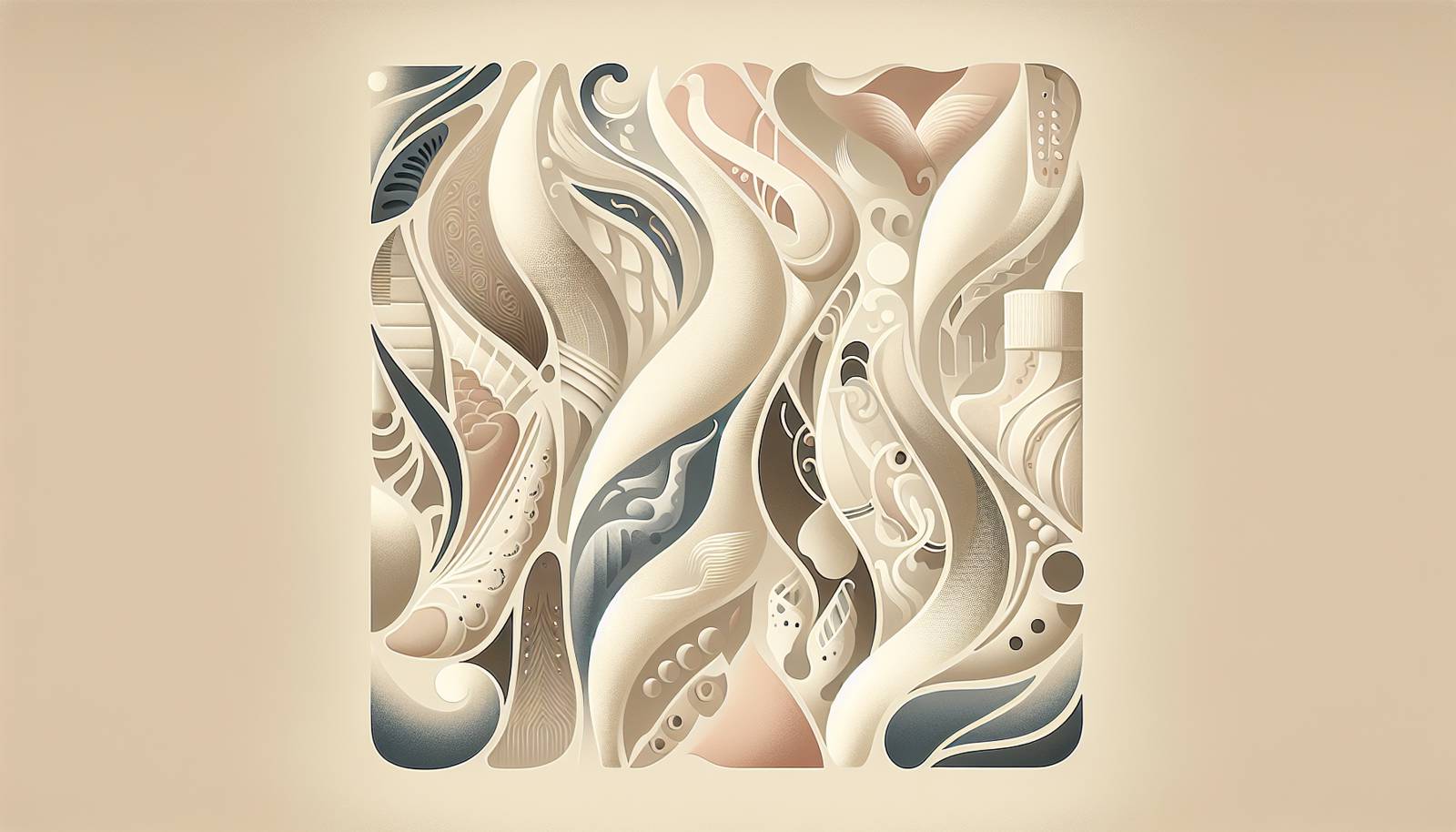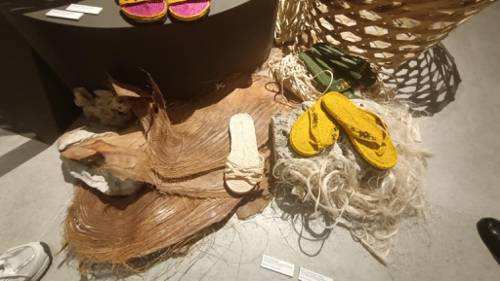
FAQ About The Role of Footwear in Cultural Identity and Fashion

How has footwear historically influenced cultural identity?
Footwear has historically played a significant role in reflecting and shaping cultural identity. Throughout history, different cultures have developed distinctive types of footwear that reflect their environment, traditions, and societal norms. For instance, moccasins were widely used by indigenous tribes in North America, designed for practicality and mobility over varied terrains. In contrast, wooden clogs or "karan" were typical in Japan and the Netherlands, reflecting the need to navigate wet climates or flooded fields. Each style carries stories and traditions that are intrinsic to the culture's identity.

What are some examples of footwear that are integral to specific cultures?
Examples of culturally significant footwear include the Indian "jutti," a traditional shoe that often features intricate embroidery and is commonly worn during celebrations and weddings; the Native American "moccasin," which is known for its soft leather and lightweight design; and the "sabots" of France and the Netherlands, which are wooden shoes utilized by peasants and farmers historically. These shoes not only serve practical purposes but also carry cultural significance through their unique designs and methods of production.

How do modern fashion trends incorporate traditional footwear styles?
Modern fashion trends often incorporate traditional footwear styles as a way to pay homage to cultural heritage and add a unique flair to contemporary designs. Designers may reinterpret traditional styles by using new materials or combining them with elements of modern fashion to create unique hybrids. For example, traditional Japanese "geta" sandals have been adapted with modern fashion materials and styles, preserving their iconic form while updating them for everyday wear. This blends the old with the new, allowing traditional designs to continue influencing fashion trends.

Why is footwear considered an important symbol in many cultures?
Footwear is considered an important symbol in many cultures because it often signifies social status, profession, and even spiritual beliefs. In some cultures, specific styles of footwear are reserved for certain groups or individuals, such as royalty or religious figures, highlighting their status and role within the society. Additionally, in many Asian cultures, the act of removing shoes before entering a home is a sign of respect and cleanliness. Footwear serves as a symbol of both individuality and cultural belonging, carrying deep meanings beyond their practical use.

What role does footwear play in contemporary cultural identity?
In contemporary cultural identity, footwear continues to be a powerful form of self-expression. Shoes can reflect one's personal style, beliefs, and social affiliations. Designer brands often leverage cultural symbols and traditional aesthetics to appeal to a global audience, embedding cultural identity into fashion. For instance, luxury sneakers may include motifs from indigenous artworks or traditional patterns which appeal to consumers seeking a connection to a culture or heritage. Thus, footwear remains a critical element in expressing contemporary cultural narratives.

How have globalization and cultural exchange affected traditional footwear styles?
Globalization and cultural exchange have significantly impacted traditional footwear styles by facilitating cross-cultural influences and adaptations. As people migrate and travel, they bring their cultural attire, including footwear, to new regions, influencing local fashion trends. For example, the popularity of "espadrilles," originally from Spain, has increased globally, leading to adaptations in designs suitable for different climates and styles. This exchange leads to a dynamic fashion landscape where traditional styles are both preserved and innovatively transformed.

Can footwear be used as a political statement?
Yes, footwear can be used as a political statement. Throughout history, shoes have been used to symbolize political ideologies or protest against social and political norms. For example, during the Civil Rights Movement, marchers in the United States often wore sturdy, comfortable shoes as they walked long distances to protest segregation, turning footwear into a symbol of resilience and solidarity. In contemporary society, consumers might choose sustainable or ethically produced footwear to express political stances on environmental issues and fair trade practices.

How do different climates influence the development of cultural footwear styles?
Different climates have greatly influenced the development of cultural footwear styles. In colder climates, footwear is typically designed for warmth and durability, such as fur-lined boots in Arctic regions. On the other hand, in tropical climates, sandals or open-toed shoes made from breathable materials like leather or woven fabric are preferred for comfort in hot weather. Environmental factors such as terrain and weather conditions have always played a role in shaping the functionality and style of footwear in various cultures.

What are some common misconceptions about culturally significant footwear?
Common misconceptions about culturally significant footwear often involve a lack of understanding of their origins and purposes. For example, people may view traditional Japanese "geta" as impractical or purely ceremonial without recognizing their historical functionality in muddy or wet conditions. Similarly, the perception of moccasins as simple or primitive overlooks the intricate craftsmanship and cultural significance they hold for Native American tribes. Awareness and education about the cultural context of these footwear styles are essential for appreciating their true value.

What is the significance of color in traditional footwear?
The significance of color in traditional footwear often relates to cultural symbolism and meaning. In many cultures, colors are chosen to represent specific values or beliefs. For instance, in traditional Indian juttis, vibrant colors like red and gold are used during weddings and festivals as symbols of prosperity and joy. Similarly, the use of red in Chinese bridal footwear is associated with good luck and happiness. Understanding these color associations provides deeper insights into the cultural narratives embedded in footwear designs.

How do cultural transitions affect footwear trends?
Cultural transitions, such as migration and urbanization, can significantly affect footwear trends by blending traditional elements with contemporary needs and aesthetics. As people move to urban settings, traditional footwear may be adapted to suit modern lifestyles, leading to the evolution of hybrid styles. For instance, traditional woven sandals might be redesigned with urban-friendly materials and embellishments, creating a fusion of past and present that caters to contemporary fashion desires while respecting historical roots.

What role does footwear play in traditional ceremonies?
Footwear plays a significant role in traditional ceremonies, often symbolizing important cultural values and rites of passage. In many cultures, special types of shoes are worn during weddings, initiation ceremonies, or religious festivals to signify the importance of the occasion. For example, in Indian weddings, ornate juttis are commonly worn by the bride and groom as a symbol of festivity. In other cultures, such as among the Maasai of Kenya, specific beadwork in sandals may indicate social status and heritage during ceremonial events.

How has technology impacted the production and design of culturally significant footwear?
Technology has greatly impacted the production and design of culturally significant footwear by introducing new materials and manufacturing processes that enhance durability and aesthetics. Modern technologies allow for precise crafting and mass production while preserving traditional designs. For instance, 3D printing technology can replicate intricate embroidery found on traditional shoes, enabling greater access to authentic-looking footwear without sacrificing craftsmanship. This fusion of technology with tradition allows for the preservation of cultural heritage while meeting modern demand.

Why do some cultures place a significant emphasis on handmade footwear?
Some cultures place significant emphasis on handmade footwear because it embodies craftsmanship, cultural tradition, and individuality. Handmade shoes often utilize traditional methods passed down through generations, preserving aesthetic and function. Craftsmanship in footwear is not only about creating a functional product but also about maintaining cultural heritage and offering a personal connection between the shoemaker and wearer. This emphasis on handcrafting serves as a resistance to mass-production, valuing quality and tradition over uniformity.

How do cultural myths and legends influence footwear design?
Cultural myths and legends can significantly influence footwear design by inspiring motifs and styles that reflect cultural heritage and storytelling. Many traditional shoes incorporate symbols and patterns derived from local folklore. For example, some Native American moccasins feature beadwork that tells stories or symbols of the wearer's life journey. Similarly, Greek mythology has inspired sandals with designs echoing stories of gods and heroes, reinforcing the cultural narratives that shaped these societies.

Are there any global trends in footwear that were inspired by cultural styles?
Yes, there are several global trends in footwear inspired by cultural styles. For instance, the resurgence of platform shoes, popularized in the 1970s, can trace its lineage back to traditional Japanese "geta" sandals and elevated footwear styles in Europe. Similarly, the adoption of moccasin-inspired loafers has been embraced worldwide, influenced by Native American designs. These styles illustrate how cultural influences transcend boundaries and become integrated into global fashion consciousness.

What impact does economic status have on cultural footwear styles?
Economic status can greatly impact cultural footwear styles, influencing both the materials used and the intricacy of design. In many cultures, shoes serve as a public declaration of wealth or social standing. For instance, historically, opulent footwear with costly materials like gold or exotic leather was reserved for the wealthy or noble classes. Conversely, economically disadvantaged groups might rely on more readily available and affordable materials, such as woven grasses or simple leather, emphasizing practicality over luxury.

How do regional materials shape the design of traditional footwear?
Regional materials play a crucial role in shaping the design of traditional footwear by directly influencing the functionality and aesthetic of the shoe. In regions abundant in leather, such as North America, moccasins were developed using soft deerskin, providing comfort and flexibility. Meanwhile, in areas with ample rubber or tropical woods, such as South America or Southeast Asia, sandals and clogs often formed part of everyday attire. These regional materials ensure that footwear not only meets environmental needs but also reflects cultural identity.

What are the challenges in preserving traditional footwear practices in modern times?
Preserving traditional footwear practices in modern times faces challenges such as globalization, declining artisan skills, and the rise of mass-produced alternatives. As global markets favor inexpensive, mass-produced shoes, traditional shoemakers struggle to compete. Furthermore, the younger generations might veer away from artisanal crafts in favor of other professions, risking the loss of traditional skills. Initiatives focused on education, cultural preservation, and promoting sustainable practices are essential to maintain these traditional arts in a rapidly modernizing world.

How do cultural perspectives on comfort and functionality affect footwear design?
Cultural perspectives on comfort and functionality significantly affect footwear design, as different cultures prioritize aspects based on lifestyle and environmental demands. In areas where walking is a primary mode of transportation, such as many African regions, footwear may prioritize comfort and durability. Conversely, cultures that emphasize formal attire might value aesthetic over comfort, leading to shoes designed more for appearance than practicality. These cultural preferences shape how footwear is designed, balancing tradition with functional needs.
